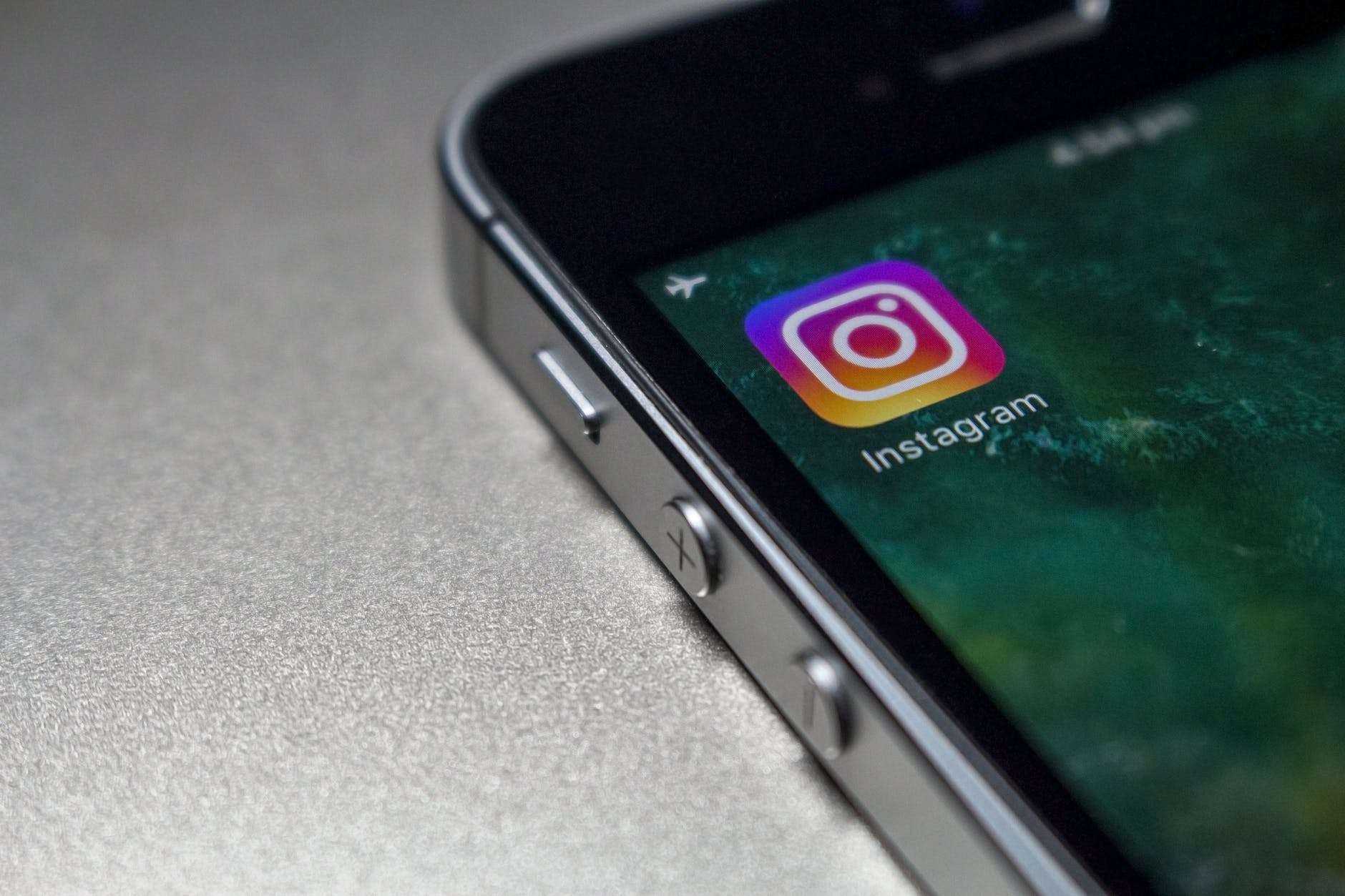on
BY JANIECE CAMPBELL
Ah, the Internet. A vast place of endless access to information. Perhaps, maybe information that is too easily accessible?
We’ve seen it all before. Someone puts out a controversial opinion online and it doesn’t take long before everyone responds by piling on hate and throwing virtual tomatoes. Some completely deserve it, and in the words of British comedian John Oliver, “a lot of good can come out of it,” he says. “including increasing accountability for public figures who otherwise aren’t pressured to change.”
While it feels as though some people really do need to be put in their place every so often, others are less deserving of how cruel the online world can be. Rather than just the regular back-and-forth arguments, people have taken matters to the next level with a new revengeful approach. Doxxing – a neological term evolving from the abbreviation of “docs” for “documents,” referring to releasing someone’s personal information as an act of retaliation.
In my opinion, absolutely nothing warrants someone to have the world sicced on them like rabid dogs, especially when the punishment doesn’t equate to the original offense. Before we bring forth the guillotine, shouldn’t we be considering the ramifications of online public shaming?
A Twitter user known solely as Mohamad shared his story with us of being doxxed recently. For context, here’s a little back story to what transpired before the incident.
Canadian artists Drake and Justin Bieber partnered for the video release of DJ Khaled’s single “POPSTAR.” The video stars Justin Bieber, featured in a variety of luxurious scenes while sporting a clean-shaven face and signature side-swept bangs, reminiscent of his teen-idol look.
The video instantly became a trending topic, caused by many alike Mohamad who began tweeting about it. His original now-deleted tweet read “Justin Bieber took one shower, and everyone lost their minds.” The intended joke was referencing the singer’s previous unkept appearance, where he had long messy hair and a full mustache. Initially receiving a few impressions, Mohamad woke up the next day to see his tweet had blown up.
“Everyone started flooding me. People began threatening me, and at first, I didn’t take it seriously. They began making fun of me – my hair, my face, saying that I don’t shower. But it didn’t bother me that they were coming for my appearance. I didn’t care.”
A few mean messages were miniscule to what was about to happen next.
“There was this big account with 12,000 followers that tweeted out how they would find my Facebook and contact my family. My information isn’t very accessible on the Internet, I don’t put everything out there. On Twitter, the only thing that I allow people to know is that my name is Mohamad and I live in Sweden. But then, somebody replied to that tweet linking everything – my home address, my number, my workplace, my school and my mother’s Facebook profile. It got really serious really quickly.”
Aside from the information leak, strangers also proceeded to violently call his mother, hatefully flood her Facebook messages, and left several negative Google reviews for Mohamad’s workplace – his family-owned restaurant. Mohamad and his family moved to Sweden from Egypt nearly three years ago on a work permit. Due to COVID-19, they have struggled financially, and this situation was an additional unneeded set-back.
“That’s when it got really stressful and frustrating, I was more angry than anything. I’m just trying to protect my parents. It’s one thing to harass me, I can take it. But my parents are more sensitive to these types of things. This restaurant is our only shot at staying in Sweden, and if it isn’t doing well, they can choose to not renew our residency and force us to leave.”
A simple tweet, not intended to do anything besides make people laugh had some unnecessarily harsh repercussions. Who are you supposed to shift the blame to in this situation; the crazed fans, the silent celebrities/influencers, or the app that enables it all?
“It’s a complicated topic. People may say [celebrities] are responsible in some way because they have an influence on their fan base. Realistically, it isn’t that easy to keep tabs, especially when you’re a big artist. But at the same time, I’m not going to feel sorry for them for not being able to keep their fans under control. I believe that they have the responsibility to let their fans know that [doxxing] isn’t okay. I feel like if they were more communicative about the right way to handle situations, then maybe it would make things better.”
Twitter has a private information policy that addresses the act of doxxing, completely prohibiting it from their platform. Often criticized for its failure to respond to reported tweets in a timely manner, in 2019, they made changes to their report functions so that users can notify them if a tweet contains personal information. Though these changes have been implemented, it seems as if the app is still a work-in-progress.
“I feel like Twitter does not handle restrictions and suspensions very well. You see a lot of people of colour being suspended for minor things, meanwhile white supremacists and Nazis are able to spew hate on the Internet and nothing happens to them, no matter how many times they get reported.”
Overall, the practice of doxxing is a shamefully malicious form of censorship and vengeance. Though online shaming itself is the inevitable result of humanity’s innate need to judge others, exploiting someone and putting their livelihood at risk over an opinion is completely animalistic. Mohamad says he if he took anything from this experience, it’s one thing.
“It has obviously taught me that [the Internet] is kind of crazy! But seriously, I definitely learned to watch what I’ll say in the future.”
Stay in the loop with exclusive news, stories, and insights—delivered straight to your inbox. No fluff, just real content that matters. Sign up today!












